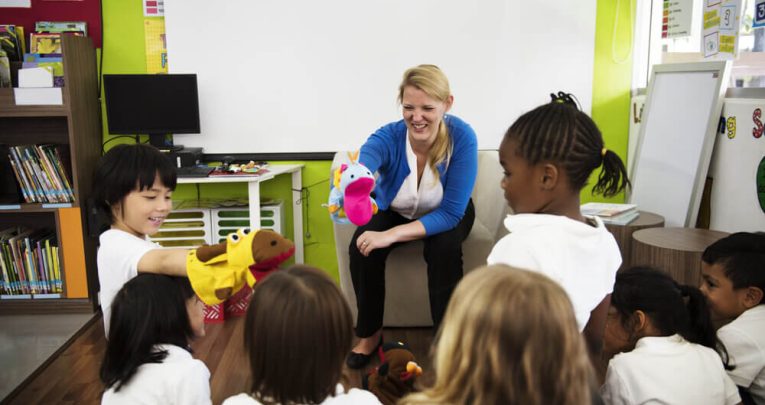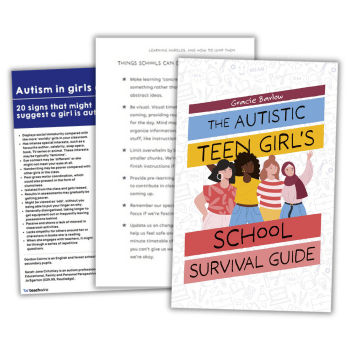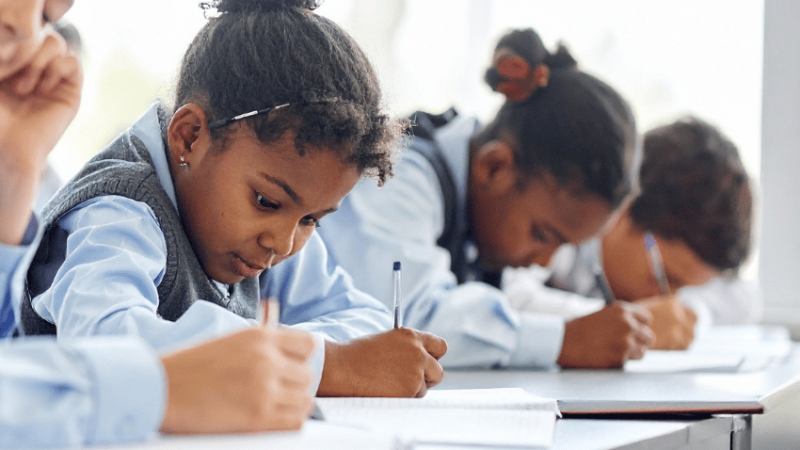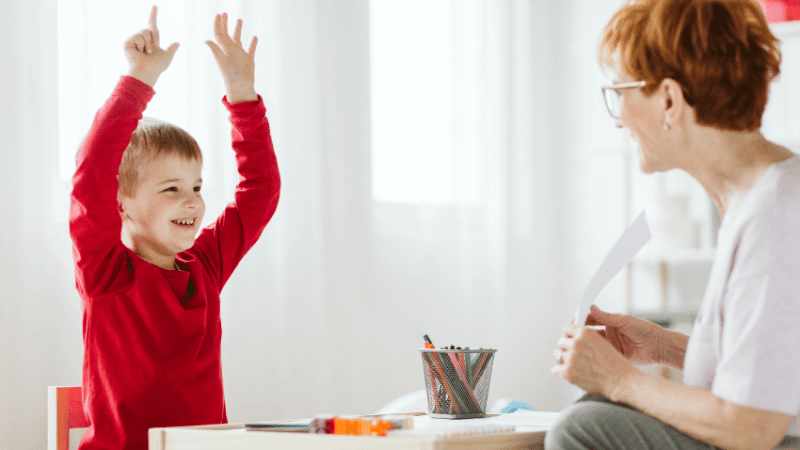Circle time activities – Improve children’s language and social skills

Get back to basics with a session to help young children practise talking and interacting with one another…

The benefits of a structured ‘circle time’ session as a vehicle for teaching and learning with young children cannot be underestimated, especially after a year of very little social contact for many.
As we return to some normality, now is the perfect time to help children catch up on vital language and social skills. Circle time activities can also be a great way to work with small targeted groups. The speaking and listening skills pupils learn can then be taken into playtime, helping children to build friendships through positive relationships.
- 1. A stimulating opening to your circle time session makes it special – jingle some bells, play some exciting music or sing a song. I like the following, to the tune of Frère Jacques: “Make a circle, make a circle, everyone, everyone; Come and make a circle, come and make a circle, everyone, everyone.”
- 2. To introduce the concept of good sitting, sing a song that encourages children to copy your actions: “Everybody clap hands, clap hands, clap hands; Everybody clap hands just like me.” Repeat with different actions then finish with “Everybody sit down…”. Model good sitting with your hands still in your lap. Extend the activity by inviting individuals to lead this game. This game is a good way to show the contrast between activity and stillness.
- 3. Some children find it difficult to look at the person speaking to them. Help them practise by using a puppet or toy to ‘look’ at each child in turn. Explain that pupils need to look back and wave or say hello. Respond by making the toy wave back. Next ‘pass a look’ around the circle from child to child in the same way. If you’re exploring emotions, you can try passing round a frown or an angry face in the same way.
- 4. Encourage good listening by making large paper ears and attaching them to paper headbands to wear during circle time. With their ears on, ask children to close their eyes and listen for one minute – what can they hear? Next, pass a sound round the circle in the form of a shaker or bell. Give each child a turn and listen to each sound until it fades away.
- 5. Rolling a ball around the circle is a great way to practise turn-taking. As simple as it is, children really love this game. Using a puppet or similar, state that you’re looking for “good lookers”. State who you’re rolling the ball to and encourage them to respond with a verbal “thank you”. Now, they can choose who to roll the ball to, stating “I am rolling the ball to…”. Continue the game until everyone has had a turn. Extend this by asking the holder of the ball to share something they have enjoyed doing in school today. This is a lovely positive way to share experiences.
Madeleine Fox is an educational writer and former SEN teacher.











